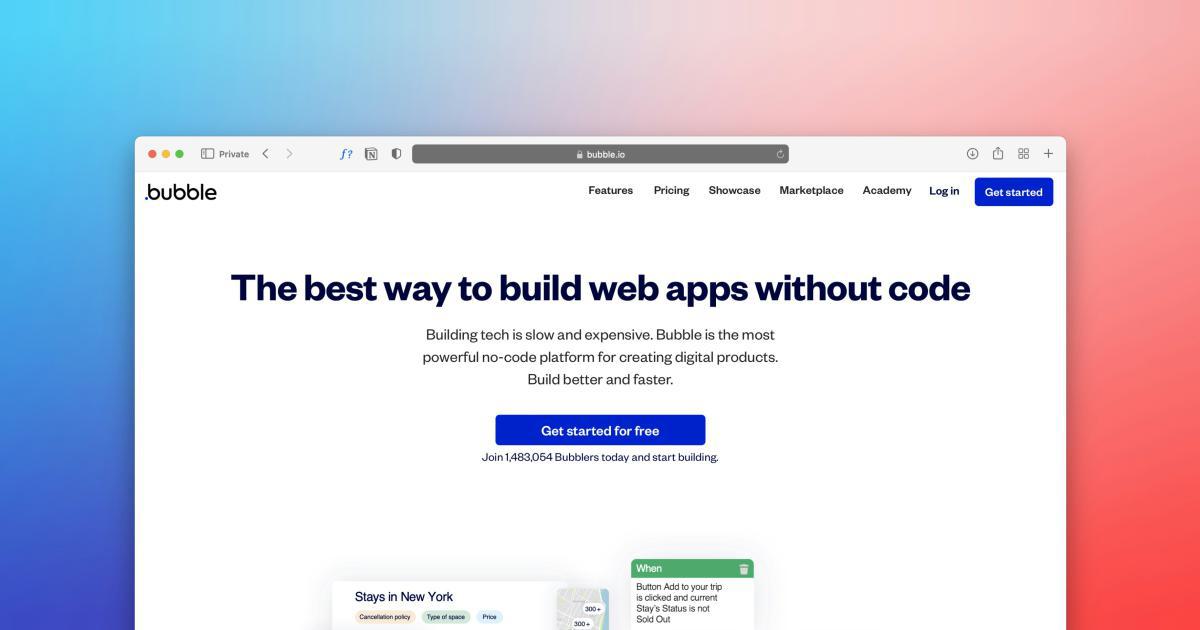How to Optimize Your Site for Google's Mobile-First Index


In today's digital landscape, where mobile devices have become the primary means of accessing the internet, it's crucial for website owners to ensure their sites are optimized for the mobile-first index. Google's mobile-first index is a fundamental shift in how the search engine giant evaluates and ranks websites, placing a greater emphasis on the mobile experience.
Understanding Google's Mobile-First Index
Google's mobile-first index is a direct response to the growing dominance of mobile devices in web browsing. The search engine now primarily uses the mobile version of a website for indexing and ranking, rather than the desktop version. This means that if your site's mobile experience is subpar, it could significantly impact your search engine visibility and overall online performance.
The Rationale Behind the Mobile-First Index
The mobile-first index reflects the changing habits of internet users. According to Google, more than 60% of searches now come from mobile devices. This shift in user behavior has forced search engines to adapt their algorithms to prioritize the mobile experience.

By focusing on the mobile version of a website, Google aims to provide users with the most relevant and accessible content, regardless of the device they're using. This approach ensures that users have a seamless and satisfactory experience, whether they're accessing a site from a smartphone, tablet, or desktop computer.
Assessing Your Site's Mobile Readiness
Before you can optimize your site for the mobile-first index, it's essential to evaluate its current mobile performance. This assessment will help you identify areas that need improvement and guide your optimization efforts.
Use Google's Mobile-Friendly Test
Google offers a valuable tool called the Mobile-Friendly Test, which allows you to check the mobile-friendliness of your website. This tool analyzes your site's content and structure, providing insights into its mobile optimization and highlighting any issues that need to be addressed.

To use the Mobile-Friendly Test, simply enter your website's URL and click the "Test URL" button. The tool will then generate a report that includes:
- Whether your site is mobile-friendly or not
- Any mobile-specific issues that need to be fixed
- Suggestions for improving the mobile experience
Analyze Your Site's Mobile Traffic and Engagement
In addition to the Mobile-Friendly Test, it's crucial to examine your site's mobile traffic and engagement metrics. Use Google Analytics or a similar web analytics tool to gain insights into:
- The percentage of your site's total traffic that comes from mobile devices
- Bounce rates, average time on site, and other engagement metrics for mobile visitors
- Any significant differences in user behavior between mobile and desktop users
Understanding your site's mobile performance will help you identify areas that require optimization and prioritize your efforts accordingly.
Check for Mobile-Specific Issues
As you assess your site's mobile readiness, be on the lookout for common mobile-specific issues, such as:
- Slow loading times
- Unoptimized images and media
- Difficult navigation and user interactions
- Illegible text or tiny buttons
- Lack of responsive design or mobile-friendly layouts
Addressing these issues will be a critical part of your optimization process.

Optimizing Your Site for the Mobile-First Index
Now that you've assessed your site's mobile performance, it's time to start implementing optimization strategies. Here are the key areas you should focus on to ensure your site is fully prepared for Google's mobile-first index.
Implement Responsive Web Design
One of the most fundamental steps in optimizing for the mobile-first index is to implement responsive web design. Responsive design ensures that your website automatically adjusts its layout and content to provide an optimal user experience on any device, whether it's a smartphone, tablet, or desktop computer.

When implementing responsive design, consider the following best practices:
- Use fluid grids and flexible media to create a flexible layout
- Optimize images, videos, and other media for different screen sizes
- Ensure text and buttons are easily readable and accessible on mobile
- Prioritize content and navigation for mobile users
- Avoid using fixed-width elements that can cause layout issues on smaller screens
Optimize Site Speed and Performance
Site speed is a critical factor in Google's mobile-first index. Slow-loading pages can negatively impact user experience, causing high bounce rates and lower engagement. To optimize your site's speed and performance for mobile users, consider the following strategies:
- Compress and optimize images, videos, and other media files
- Minimize the use of large, high-resolution images
- Enable browser caching to reduce the need for repeat downloads
- Optimize CSS, JavaScript, and HTML to reduce file sizes and loading times
- Consider using a content delivery network (CDN) to improve global site speed
- Regularly test your site's speed and address any issues identified

Ensure Mobile-Friendly Content and Navigation
The content and navigation structure of your website must be optimized for mobile users. This means simplifying the user interface, prioritizing the most important information, and making it easy for visitors to find what they're looking for.
Some key strategies include:
- Create a clean, uncluttered mobile layout with clear navigation
- Use larger font sizes and spacing for easy readability on small screens
- Optimize forms and input fields for mobile devices
- Provide clear, prominent calls-to-action (CTAs) for mobile users
- Ensure your content is easy to scan and digest on the go

Implement Accelerated Mobile Pages (AMP)
Accelerated Mobile Pages (AMP) is an open-source initiative led by Google to create faster-loading mobile web pages. By implementing AMP on your site, you can significantly improve your mobile page speed and user experience, leading to better search rankings and increased engagement.
The benefits of AMP include:
- Faster page load times, even on slow network connections
- Streamlined content and design, optimized for mobile
- Increased visibility in Google's mobile search results
- Enhanced user experience and reduced bounce rates
While implementing AMP requires some technical expertise, the long-term benefits make it a worthwhile investment for improving your site's mobile-first optimization.

Optimize for Voice Search and Featured Snippets
As mobile usage continues to grow, so does the prevalence of voice search and the importance of featured snippets in Google's search results. Optimizing your site for these mobile-centric search features can give you a significant advantage in the mobile-first index.
For voice search optimization, focus on:
- Using natural, conversational language in your content
- Answering common questions and queries that users might ask
- Providing clear, concise information that can be easily understood
To optimize for featured snippets, consider:
- Structuring your content in a way that makes it easy for Google to extract and display the most relevant information
- Providing precise, well-formatted answers to common questions
- Using schema markup to enhance the visibility of your content

Monitor and Continuously Improve
Optimizing your site for the mobile-first index is an ongoing process, not a one-time task. As Google's algorithms and user behavior continue to evolve, it's essential to monitor your site's performance and make adjustments as needed.
Regularly review the following metrics to assess the impact of your optimization efforts:
- Mobile traffic and engagement
- Mobile-specific conversion rates and sales
- Rankings and visibility in mobile search results
- User feedback and reviews related to the mobile experience
By continuously monitoring and refining your mobile optimization strategies, you can ensure your site remains competitive and aligned with Google's ever-changing priorities.

Conclusion
Optimizing your site for Google's mobile-first index is crucial for maintaining a strong online presence and achieving success in the modern digital landscape. By implementing responsive design, optimizing for speed and performance, enhancing the mobile user experience, and leveraging emerging technologies like AMP and voice search, you can position your website for long-term success in the mobile-first era.
Remember, the key to effective mobile optimization is an ongoing, iterative process that involves continuous monitoring, testing, and refinement. By staying attuned to the latest trends and best practices, you can ensure your site continues to meet the evolving needs of your mobile-savvy audience and maintain a competitive edge in the search engine results.